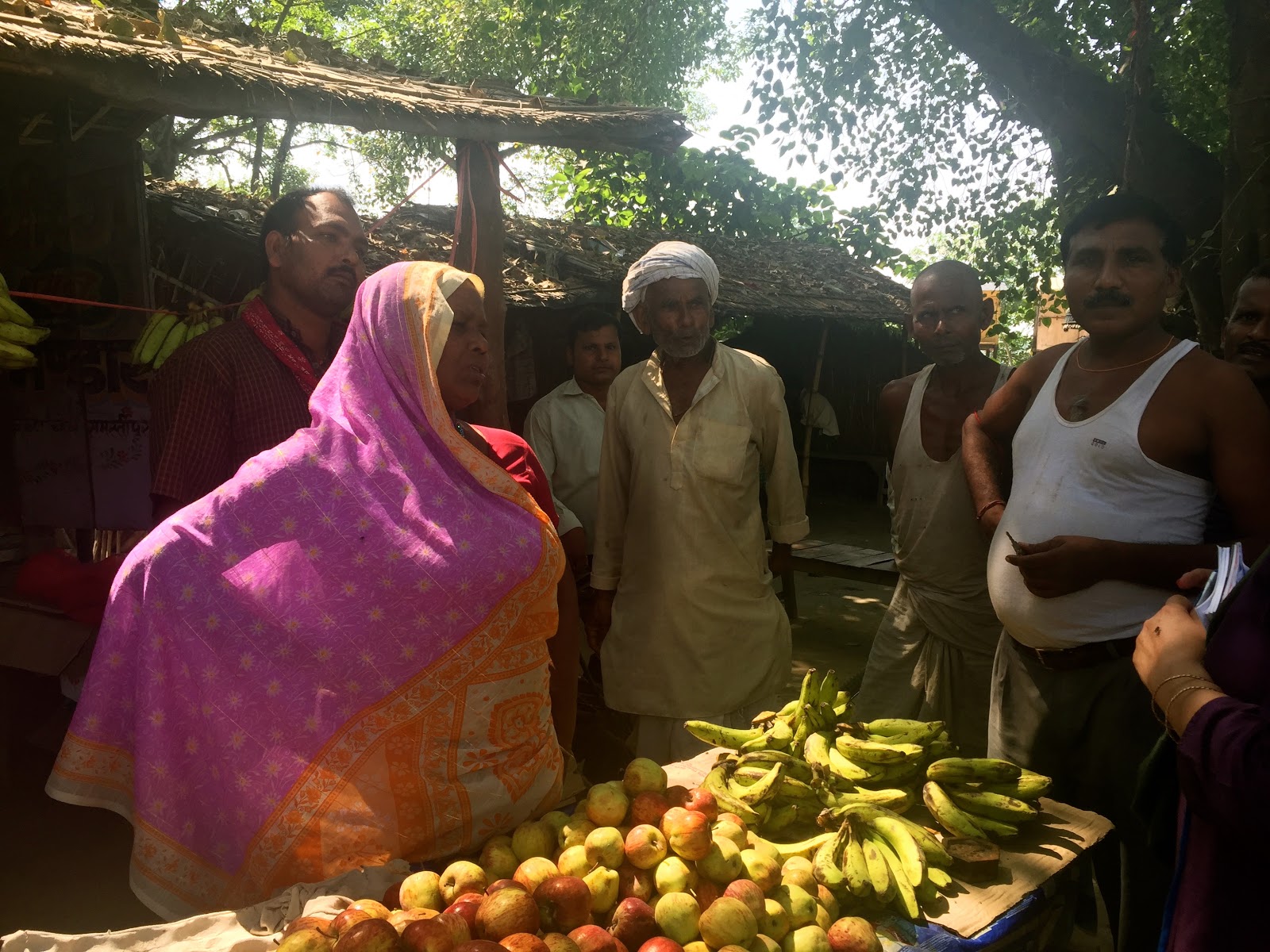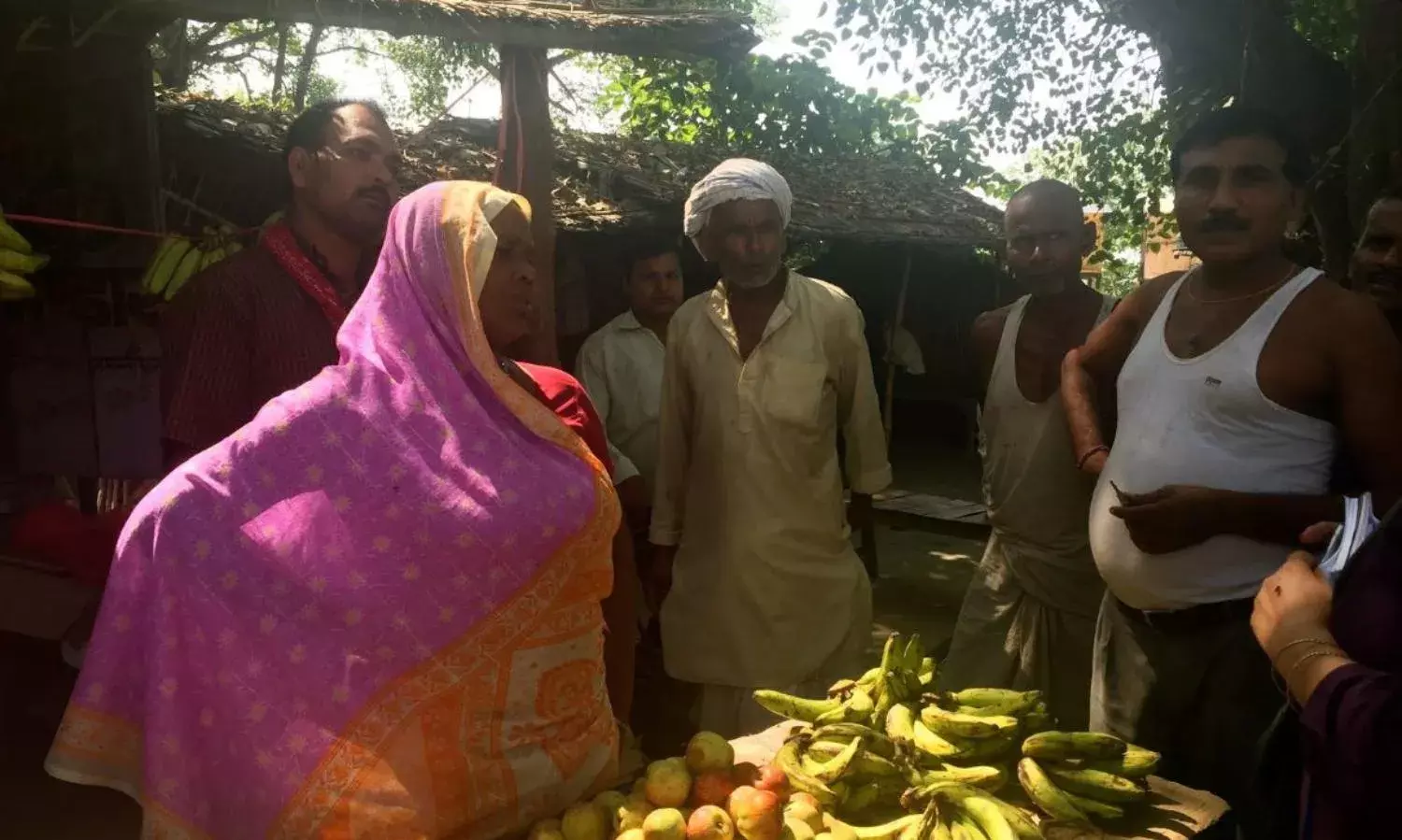The Left-Behind Woman
There has been a gradual shift in the gender dynamics of Bihar
Prevailing perceptions of Bihari women in a suburban or rural setting reduce the dimensions of their persona into fossilised gender identities - like ‘left-behind women’. In other words, they are mostly considered the passive recipients of exploitative patriarchal actions in a traditional, patriarchal society.
A closer look at the society of Bihar would suggest that the role of women is far more dynamic and powerful than as mere passive victims of patriarchal hegemony. The history of male emigration from Bihar in search of better livelihood has resulted in an environment where women are not under the constant and direct control of men, a space where women assert themselves more freely both in private and public.
This conviction stems first from immediate lived realities, as I saw my mother start to assert herself after my father left home, in Darbhanga, to work as a migrant worker first in Delhi and then in far-off Naxal affected areas from where it was difficult to return home regularly.
In the wake of this situation, she, a ‘left-behind woman’, took upon herself the responsibility of running her family - which entailed doing the usual household chores such as cooking and cleaning, getting weekly rations from the ration shops, deciding and providing the standard of education and healthcare for us, etc. - and also managed to run the small scale business (a xerox shop) that my father had.
This story symbolises how the women of Bihar are increasingly claiming agency, as is buttressed by the National Family Health Survey of 2019-20, which found that 84% of married women in Bihar - 87% in urban areas and 86.5% in rural - take part in household decisions, and 77% of women have bank accounts or saving accounts that they use themselves - as opposed to 26% five years before.
The degree of participation may vary from family to family, but the sheer numbers show that there has been a gradual shift in the gender dynamics of the region. In any relationship with power dynamics, power is always negotiated and renegotiated by those at the receiving end of oppression. What we are witnessing in Bihar is that women are constantly renegotiating the power dynamic in many ways.
Often it is women who want the men to go out in search of better livelihood, as they believe that males being idle choose to spend their time in activities like drinking or gambling. They choose to stay back themselves because it is more cost effective, and their familiarity with the neighbourhood and their own local network gives them leverage in gaining themselves employment.
Calling them left-behind women negates their agency in deciding the migration of the male counterparts.
There are forms of resistance that happen at a public front, and there is resistance that lies in the private sphere, in everyday actions - ‘everyday resistance’ as described by James Scott. The folk songs of Bihar composed and sung by women (not the ones performed by males in ‘first person feminine’) and folk paintings, in particular Mithila paintings, are such a response: resistance to the norms of patriarchy, to viewing women as victims of patriarchy.
In the folksongs, a women’s genre, women are shown to demand sexual autonomy and keep unpacking the behaviour of men and their nature. In songs on migration such as Jhoomar and Jatsaaris they are shown celebrating the life-cycle occasions and accepting male migration as part and parcel of their lives. This is in contrast to the general patriarchal perception that they are always in a lamenting and pleading mode when the men are away.
Similarly, Mithila painting, mastered almost exclusively by women, has always represented them in powerful fashion and celebrates their femininity. Shalinee Kumari’s ‘Women can do everything’ and Rani Jha’s ‘Breaking through the Curtains’ are prominent examples where women are shown asserting their subjectivity and autonomy.
In the narration of the empowerment of women of Bihar, the NGOs and the development drives of the government are largely credited for their empowerment in the popular narrative. In this context it is important to critique the role of NGOs and the ‘empowerment’ it seeks.
The modus operandi of the NGOs has largely been to make the women small entrepreneurs, by convincing them to make products that are more palatable to the needs of the market, and thus to bring them within the fold of the market-led development drive. It doesn’t help women improve themselves according to their own priorities.
Such a neo liberal agenda of these NGOs and their constant rhetoric of ‘empowerment’ suggests that women themselves, and not the patriarchal fetters, exploitative mode of production, and the government are responsible for their oppression. It shifts the burden onto women for their own development, instead of questioning the fundamental societal structures which inhibit them from actualising themselves.
None of this to say that the patriarchy doesn’t rule the roost in the state of Bihar, or that the men have stopped exercising dominant control over the family. The idea is not to paint a rosy picture of Bihar where there are only few glimmers of hope.
The idea is to take note of the changing dynamics, as women grapple with the institutions of patriarchy, not to box them within the narrow idea of being a ‘left-behind woman’ - a putative inferiority that serves no purpose but to other the women of Bihar and to disparage their struggles for emancipation.
Mayank Labh graduated from NALSAR Hyderabad
Cover Photo: A woman sells fruit at Sehranjan crossing, Bihar






